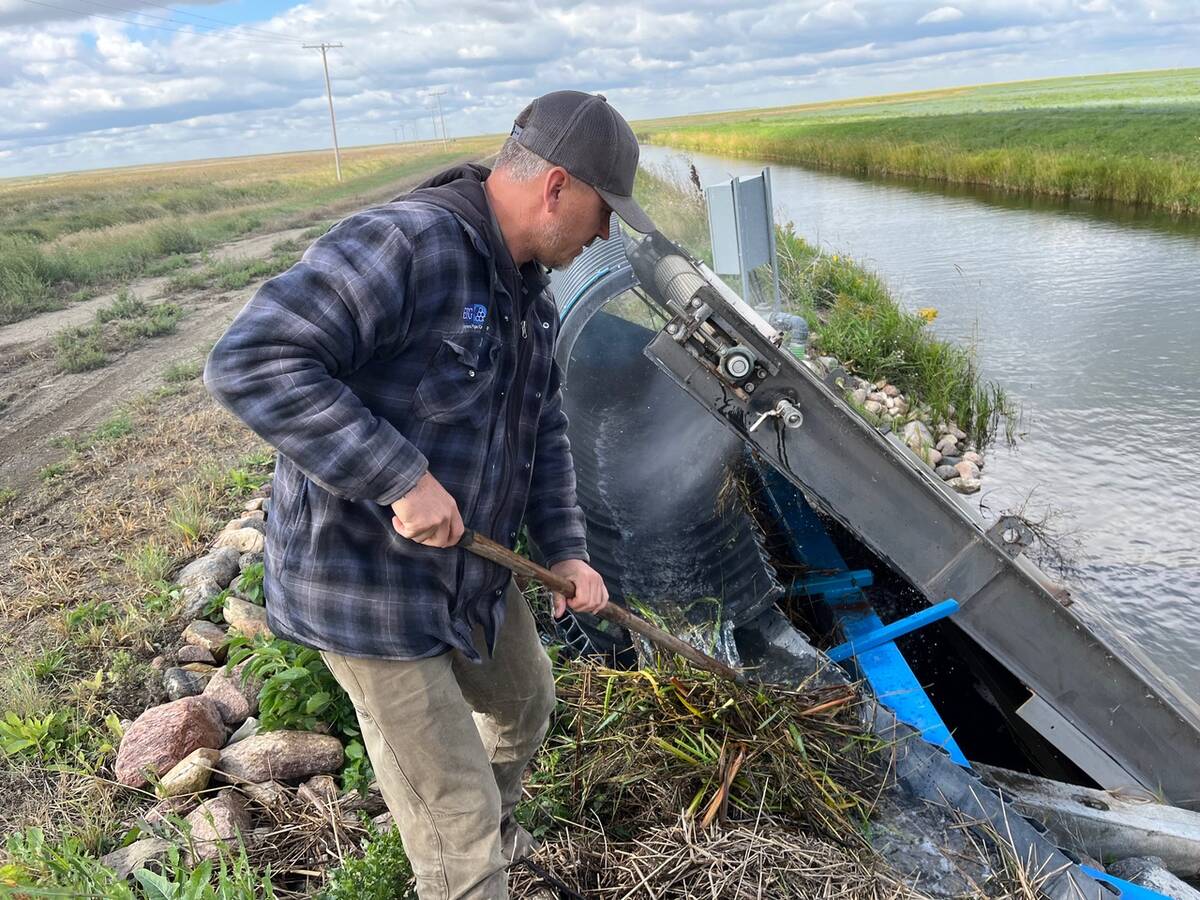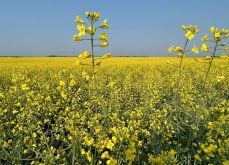Farmers Colleen and Dale Whitford say what they thought was a financial blessing has become a curse.
The cattle producers from Rose Valley, Sask., are not alone.
Critics say the Canadian Agriculture Income Stabilization program is failing livestock producers and its flaws are now jeopardizing many small prairie farms.
Despite earlier criticisms of the program, federal agriculture minister Chuck Strahl told reporters last week in Ottawa that his government would not change it this year.
The Whitfords applied for a 2003 interim CAIS payment in February 2004. BSE had hurt calf prices and the couple retained cows that would normally have been culled.
Read Also

Saskatchewan farmer uses tile drainage to manage water
The integration of both irrigation and tile drainage results in higher yields, water efficiency, improved soils and less nutrient runoff, says one producer.
“Our income was looking pretty sad and another cow with BSE had been found,” Colleen said.
“We needed the CAIS program and it was there for us.”
Dale applied for the interim payment and was told two months later he was eligible for $42,000. Half of the payment arrived days later. The remainder would be paid once the Whitfords had completed their “long form” application.
That fall they also applied for the $100 per cow, special interim payment for cattle producers and received $15,000.
“We paid our outstanding bills and moved on,” she said.
A letter from CAIS in January 2005 shocked them. Despite a $35,000 cash loss in 2003, they were told they were not eligible for the $21,000 payment and must return it.
“CAIS told us we should have sold more of our calf crop and we could have sold our hay inventories for cash. Because we didn’t, we failed to market all of our products,” Colleen said.
“We tried to tell them that in case of drought, responsible producers, whenever possible, retain a feed inventory for the following year. Suddenly we were being penalized because it wasn’t part of our CAIS reference margin.”
Saskatoon accountant Allyn Tastad said reference margins and inventory issues are plaguing the livestock industry’s CAIS applications.
He feels the program fails to take into account farming practices or the issue of declining reference margins.
“The program fails to look at what happens when inventories increase after a good crop, following years with drought or frost. It can’t adjust for farms that are increasing their production, either,” Tastad said.
“You can grow your business and still be losing money, but the program isn’t designed to work with that.”
Dave Smith of Choiceland, Sask., found out last week that despite losing 700 animals to a feed problem and nearly forced out of business, a 2004 herd expansion is causing the government to demand repayment of a $3,100 interim payment he received last spring.
“We expanded; that is what the government has been telling us to do if we want to survive as producers,” he said.
“Expand, grow more and be more competitive. When we do it and something goes wrong, we’re told that our expansion wasn’t part of our reference margin so we aren’t eligible for assistance.”
Tastad said BSE forced many cattle producers to hold more cows and increase feed inventories. More cows resulted in more calves and more calves, even at lower prices, increased sales and decreased eligibility for CAIS payments.
Several seasons of drought prevented producers in western Saskatchewan and eastern Alberta from building up average hay inventories during the years when they were establishing their reference margins. An average hay crop in 2004 and a good hay crop in 2005 created what appears to CAIS to be unrealized income through inventory, but in fact was a normal part of farm operations.
Colleen Whitford said the program’s flaws are jeopardizing the futures of many small farms.
She feels the program will be of little use to producers because reference margins are declining due to poor grain prices and BSE.
“They need to increase reference margins by 25 percent across the board. Ten year averaging periods removing the best and worst two years and adding a cost of living and inflation factor each year would all make the program better,” she said.
“Instead, they try to bankrupt us. If the government was designing a program to reduce the number of farmers in Canada, they have succeeded.”
CAIS officials weren’t available for comment by presstime.
















